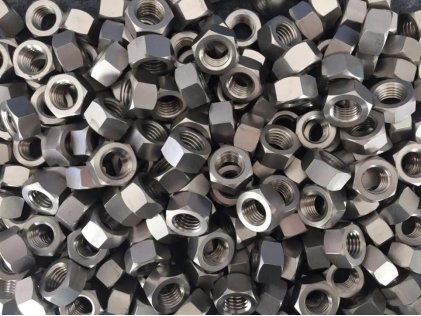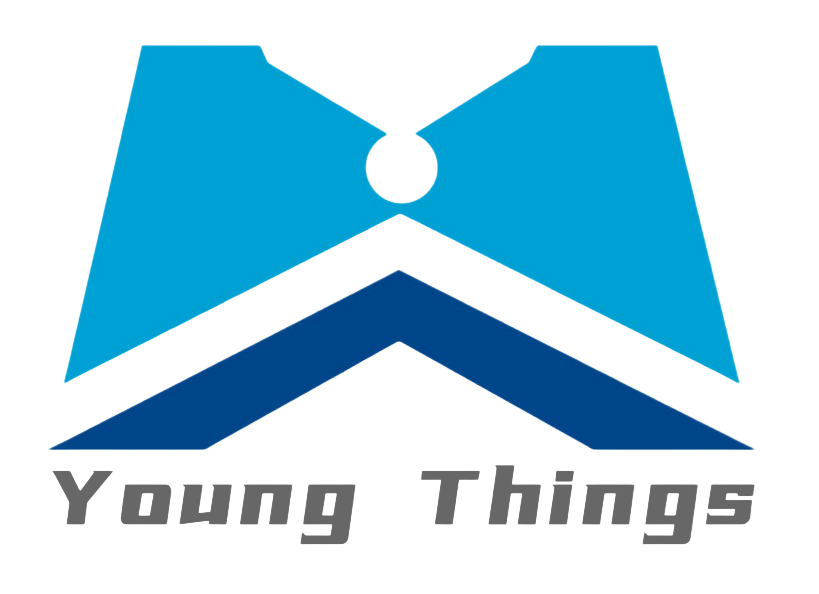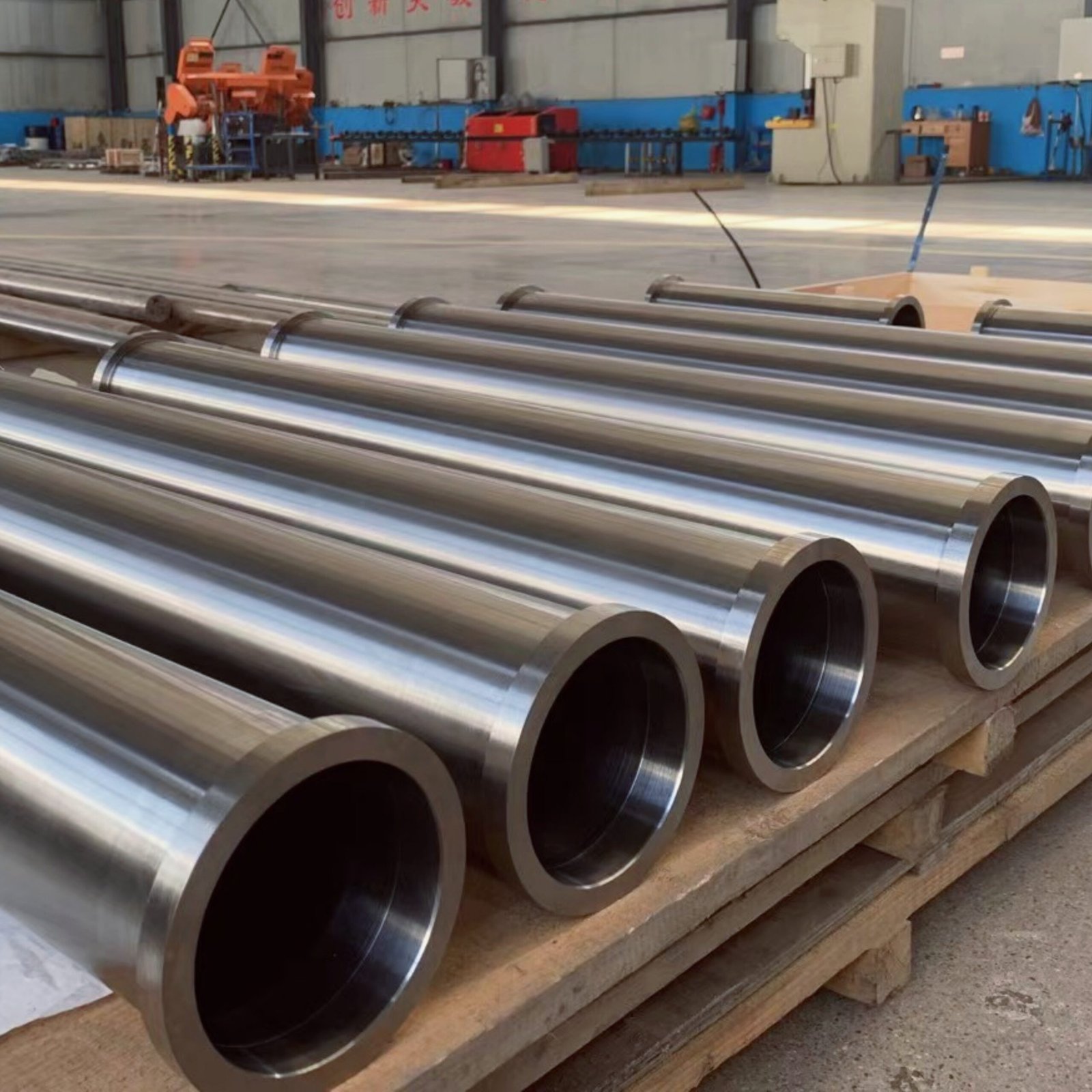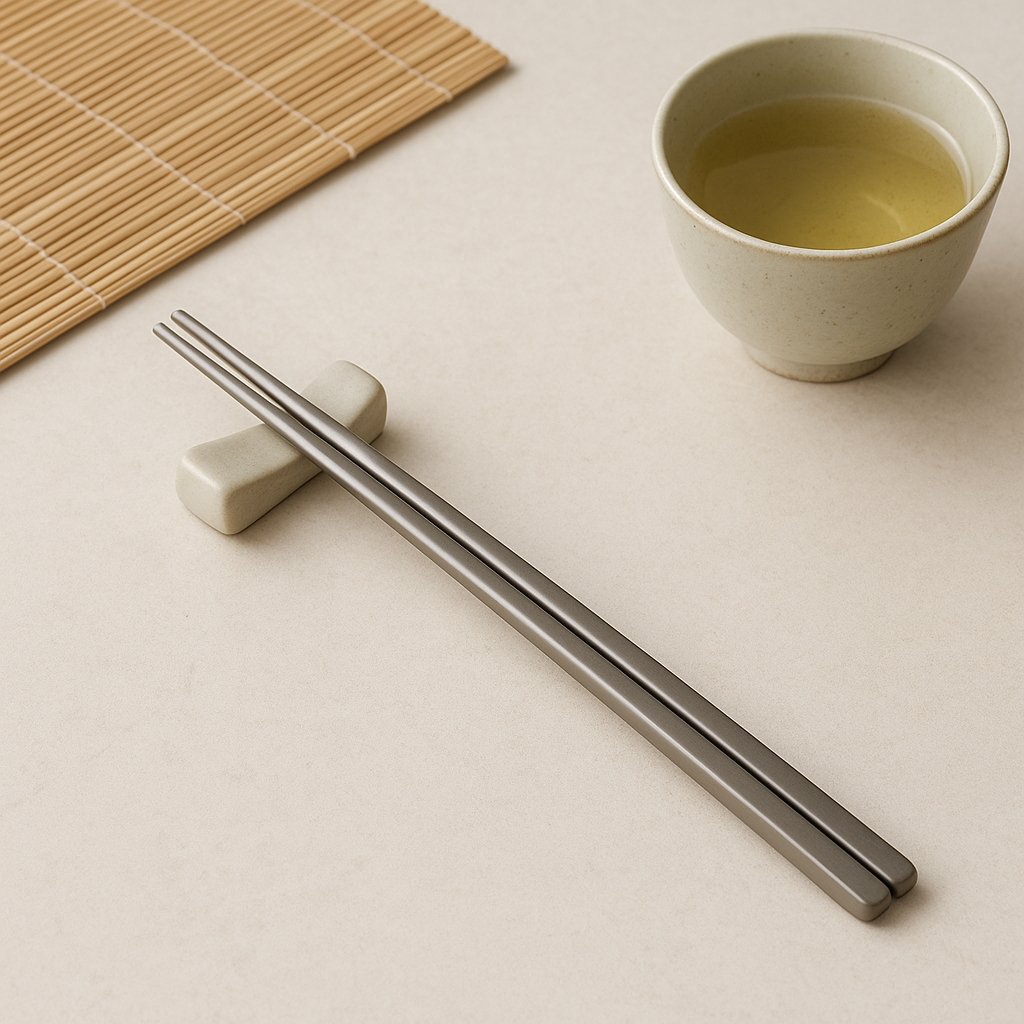When it comes to procurement, isn't the goal often to drive prices down as much as possible? But if we focus solely on getting the lowest price, we might end up ignoring crucial factors like the supplier's qualifications, product quality, and whether they can meet delivery deadlines. In the long run, this could create more problems that we’ll need to fix.
That’s why I believe our goal should be to reduce overall procurement costs, not just aim for the lowest price tag! We need to look at the big picture and focus on total costs, not just the price per unit. The real aim of cutting costs is to find and eliminate unnecessary expenses. Don’t let a low price in front of you cloud your judgment—think it through carefully, and you’ll truly achieve cost savings while making sure every dollar spent is worth it!
Now, let’s dive deeper into how we can trim those unnecessary costs. This is definitely a topic worth exploring!
Lock in Prices – Manage Risk Costs
Building a long-term partnership with a reliable titanium supplier and signing a long-term contract can definitely help you lock in prices and minimize the risk of short-term market fluctuations. However, there are some potential pitfalls to watch out for.
For example, let’s say you're in the medical device industry and have been purchasing medical-grade titanium rods from us for implants. Suddenly, there's a shortage of raw materials, and the price of titanium sponge starts skyrocketing. In this case, if you’ve signed a long-term contract with us and locked in the price of titanium rods, you can avoid the stress of these price hikes.
But don’t forget, long-term contracts can also tie your hands. If one day a more competitive supplier comes along, or new technology makes other materials more attractive, you might miss out on those opportunities because of the contract. Additionally, if the contract isn’t flexible enough, a market shift could still leave you facing high costs.
So, when considering locking in prices, it’s worth thinking carefully about the potential risks and benefits. Make sure the contract terms can adapt to market changes. This way, you can not only reduce costs but also maintain flexibility in your supply chain—that’s the smart way to go.
Bulk Purchasing – Cut Down on Shipping Costs
Bulk purchasing is like group buying—you combine your needs for various titanium products, which can significantly reduce shipping and logistics costs. It’s the same principle we all know: the more you buy, the better the deal. Large orders give us more room to negotiate, and naturally, the shipping costs become more favorable.
Imagine you're a medical device buyer, regularly needing titanium tubes, rods, and alloy parts to manufacture high-quality medical equipment. To keep production running smoothly, your team usually plans purchases in advance. However, because the demand for each product varies, frequent shipments drive up costs—a real headache, right?
That’s where bulk purchasing comes in! By consolidating your orders for different types of titanium products into one large order, you can significantly reduce shipping costs. Especially when you partner with a factory like ours—with our strong supply chain integration—we can efficiently coordinate the procurement and shipping of multiple titanium products, maximizing efficiency. Sign a long-term contract, and you’ll not only negotiate more competitive shipping rates but also reduce per-unit shipping costs, avoiding the extra management fees that come with multiple deliveries. It’s a win-win!

This method of bulk purchasing not only boosts economic efficiency but also enhances supply chain flexibility, allowing you to quickly adapt to market changes and stay ahead of the competition. It’s a smart procurement strategy—definitely worth trying!
Quality Issues – Avoiding Hidden Costs
When it comes to procurement, finding high-quality products at a low price is like searching for a needle in a haystack. You might get lucky sometimes, but more often than not, those "bargains" come with hidden risks. A lower price might mean the manufacturer has cut corners on raw materials, processes, or quality control, which could lead to significant compromises in product quality. And once problems arise, a cascade of issues follows: extra labor and time costs, material waste due to higher defect rates, and even after-sales costs or reputational damage from customer complaints.
Imagine you're a buyer of titanium fasteners and recently got drawn to a low-cost supplier. You're thinking, “Wow, this price is amazing!” So, you quickly place an order. But when the titanium fasteners arrive, quality issues start popping up: some don't meet tolerance standards, others have surface scratches, and the minor problems keep piling up. Reworks become frequent, delays affect the project timeline, and your customers are left frustrated.

In the end, you might realize, despite saving a bit of money upfront, the hidden costs have taken a serious toll. It's like buying something cheap only to end up paying more in the long run. That’s why, as buyers, we need to be sharp and make informed choices—focusing on overall value rather than just chasing the lowest price.
By evaluating things rationally, we can control costs more effectively and ensure our procurement strategies are sustainable. After all, our goal is to keep projects running smoothly, not to create problems for ourselves, right?
Effective Planning – Reducing Communication Costs
Hey, imagine you’re a buyer for automotive parts, working with a titanium manufacturer. But because there wasn’t a clear agreement on information formats and timelines from the start, things get messy later on. You end up having to make calls or send messages at every step just to clear things up—what a waste of time!
But this kind of situation can be avoided. For example, setting up standardized communication templates is a smart move! This way, information stays consistent, and everyone’s on the same page. These templates act like shared memos, covering things like order confirmations, delivery schedules, change requests, and each party’s responsibilities. Imagine a product order template (like for titanium rods) that clearly outlines delivery dates, quantities, quality standards, and even who’s responsible for follow-ups—ensuring everyone knows what’s going on!
Plus, don’t forget to schedule regular progress meetings, where everyone can sit down and catch up on the latest project updates. This also helps in identifying potential issues before they escalate. If there’s a suitable platform, we can even use online collaboration tools to store and share information in one place, with real-time updates on every step of the production process—making it super easy to find the info you need.
In this way, communication efficiency improves dramatically, and the risk of delays caused by miscommunication is greatly reduced, ensuring smooth project progress. Ultimately, it makes things a lot easier for everyone, and we’re no longer scrambling like before—who says work can’t be a bit more relaxed?
In short, reducing the cost of titanium procurement isn’t something that happens overnight—it requires a thoughtful, comprehensive approach. I hope these tips help you avoid some risks and make each purchase more valuable, ensuring that every dollar is well spent!
Share this article
Written by : 钛合金网
Follow us
Table Of Content



